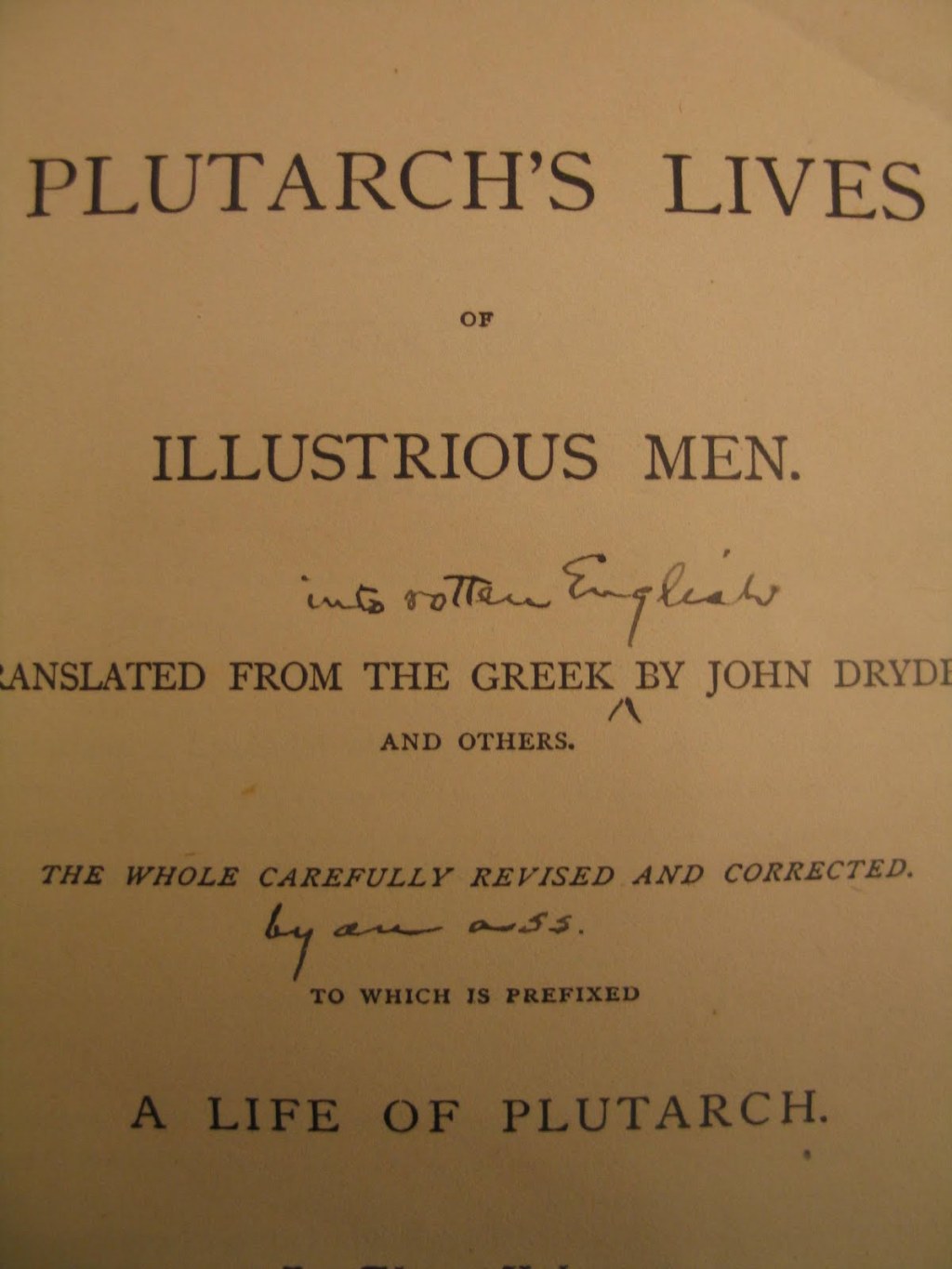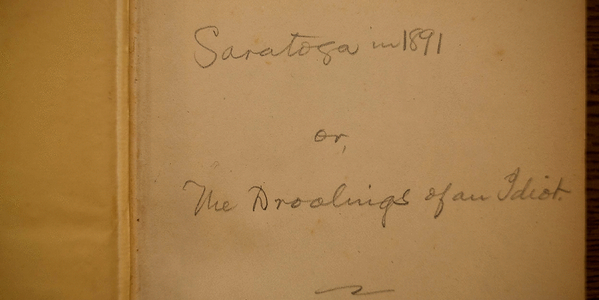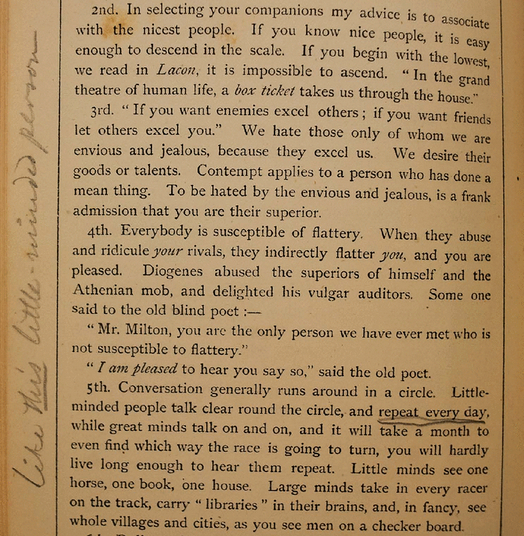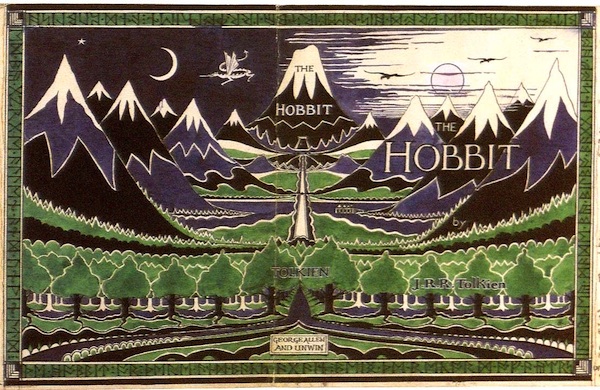Thelonious Monk’s popular image as the hippest of the hip in mid-century bebop is well-deserved, but his career trajectory was not without its lame notes, including the loss of his cabaret license for several years after a 1951 drug bust in New York with Bud Powell. The incident forced him to leave the haven of the Minton’s Playhouse after-hours jam session scene and strike out for new venues and new outlets, such as recording the seminal two-volume Genius of Modern Music in 1952, which featured some of the earliest, most boisterous versions of Monk compositions like soon-to-be standard “Well, You Needn’t.” In 1954, Monk arrived in Paris where he performed at the Salle Pleyel to an audience that mostly didn’t know him. Patrick Jarenwattananon at NPR describes the night:
[H]e had almost no public profile in France apart from the most hardcore of modern jazz fans; he was nervous and probably drunk; and he followed an enormously popular Dixieland band on stage. Critics in attendance panned him, confused by his unique dissonances and agitated stage behavior. The gig was, as biographer Robin Kelley described it, a disaster.
To make matters worse, Jarenwattananon writes, Monk—used to rhythm players like Art Blakey and Al McKibbon—was apparently “assigned a local rhythm section which was probably unfamiliar with his music.” You can hear Monk above from a recording he made during that trip, without said rhythm section, playing “Round About Midnight” in his expressively percussive piano style. Monk’s style, famously described by Philip Larkin as a “faux-naif elephant dance,” was rapidly developing as he came into his own as a bandleader and composer. But although perhaps a personal milestone (Monk met lifelong friend, patron, and devotee Pannonica de Koenigswarter that night), the Paris gig of 1954 was a bust that haunted the innovative pianist.
And so it was that fifteen years later, Monk returned to the Salle Pleyel with his own quartet. This time, Jarenwattananon tells us, he arrived as an “international star.” The concert was televised, and, on November 26th, it will be released as an audio recording and DVD simply called Paris 1969 (see Monk’s quartet play “I Mean You” in an excerpt above). For a short time, you can preview and pre-order individual tracks from the recording or listen to the whole concert straight through at NPR’s site. It’s a mellower Monk than his mid-fifties incarnation, without a doubt, not the “tap-dancing, elbows-on-the-piano Monk of yore,” writes Jarenwattananon: “But it’s Monk doing Monk, swinging intensely through severe rhythmic crevasses” and generally exuding the confidence and panache of his hero Duke Ellington.
Related Content:
Advice From the Master: Thelonious Monk Scribbles a List of Tips for Playing a Gig
Thelonious Monk: Straight No Chaser
Andy Warhol Creates Album Covers for Jazz Legends Thelonious Monk, Count Basie & Kenny Burrell
Josh Jones is a writer and musician based in Durham, NC. Follow him at @jdmagness







